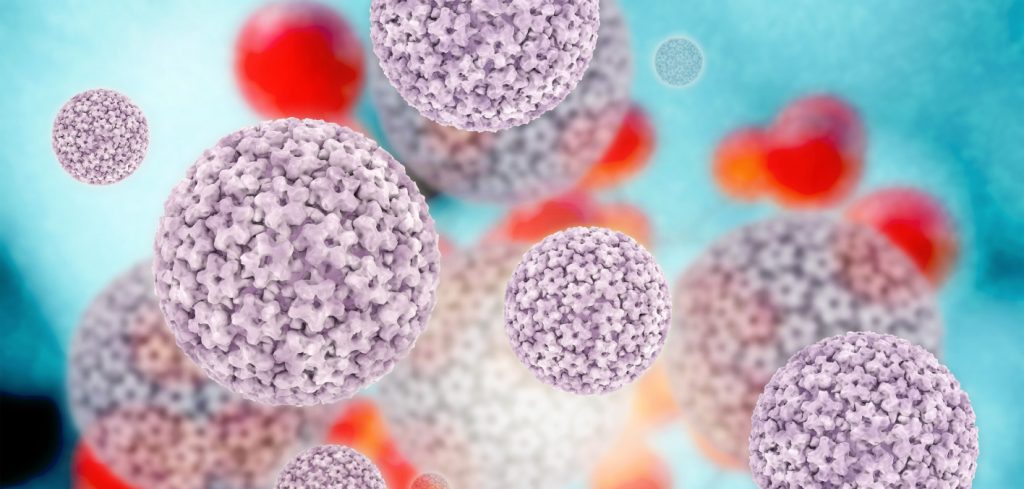Anal Warts: Causes, Symptoms & Treatment
Anal warts are caused by the human papillomavirus (HPV), perhaps the most common of the sexually transmitted diseases (STDs). Warts usually develop on the skin of the genital area, but can also affect the area around and inside the anus. They first appear as tiny bumps, often as small as a pinhead. Over time they may increase significantly in size and cover the entire area of the anus.
Anal warts are caused through sexual contact, while strains of the HPV virus can be latent for a long time and the person does not know that he is a carrier. Warts usually appear 6 months after infection with human papilloma virus in or around the genitals and anus.

Anal Warts Causes
The cause of warts in the anal area is infection by the human papilloma virus (HPV). This virus is transmitted through sexual contact, if the person is a carrier. However, sexual contact is not necessary for the spread of the infection, as it can be transmitted by skin contact. HPV transmission can occur even if the warts are not visible.
The risk of developing warts increases if people have multiple sexual partners or have started sexual intercourse from a very young age, as well as neglecting regular check-ups for sexually transmitted diseases (STDs). Sexual intercourse without precautions, but also the weakening of the immune system from some disease or medication makes it easier in many cases for anal warts to appear. Some types of HPV cause genital warts and others can lead to cancer, but the type of HPV that causes anal and genital warts does not generally lead to cancer.
Warts in the Anus Symptoms
Anal warts are found in and around the anus area. They start as small bumps that may be no bigger than the head of a pin. At first, they may be too small to notice. They can develop a cauliflower-like appearance as they grow or when many are clustered together. Warts often appear without pain or discomfort. Other symptoms of anal warts may include itching in the anus or genitals, bleeding or discharge from the anus.
Rarer symptoms of anal warts are the appearance of dysplasias in the cervix and urinary system, the manifestation of obstruction in the vagina and urinary system, but also the manifestation of increased vaginal secretions in women. At the same time, people with warts on the genitals or anus may suffer from anxiety and depressive disorders.
Anal Warts Diagnosis
The diagnosis of anal warts is made by a thorough clinical examination, where the anal canal is inspected. In the female population, a complete examination of the pelvic area for other forms of genital warts is also performed, combined with a colposcopy and a Pap smear test.
Warts Treatment
The choice of treatment for anal warts that the General Surgeons in Athens apply depends on the number and location of the warts, patient preference and the judgment of the treating physician. Treatment with medicated creams is quite common, but is associated with poor results and an increased risk of relapse. Other treatment options may be used depending on the severity and location of anal warts.
These treatments include cryotherapy, in which liquid nitrogen is used to freeze the warts, and diathermocoagulation, in which an electric current is used to burn the warts. However, these therapeutic options are not preferred as they do not selectively destroy the lesions, but cause skin lesions and require increased recovery time.
If the warts are extensive and do not respond to other treatment methods, surgery may be needed, in which the warts are removed with a special tool. Now, the most modern, painless and effective treatment is laser wart removal. The laser fiber directs thermal energy in a targeted manner to the area where the warts are located, without causing damage to the healthy tissues. This procedure is performed with local anesthesia, painless and bloodless, with an excellent aesthetic result.

